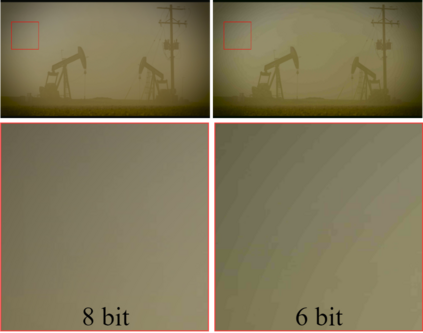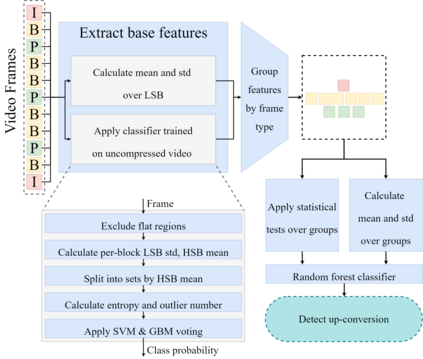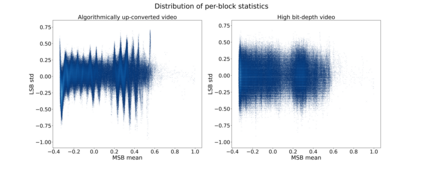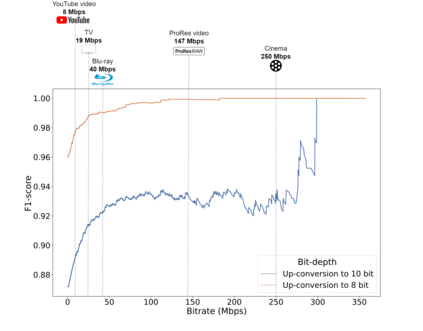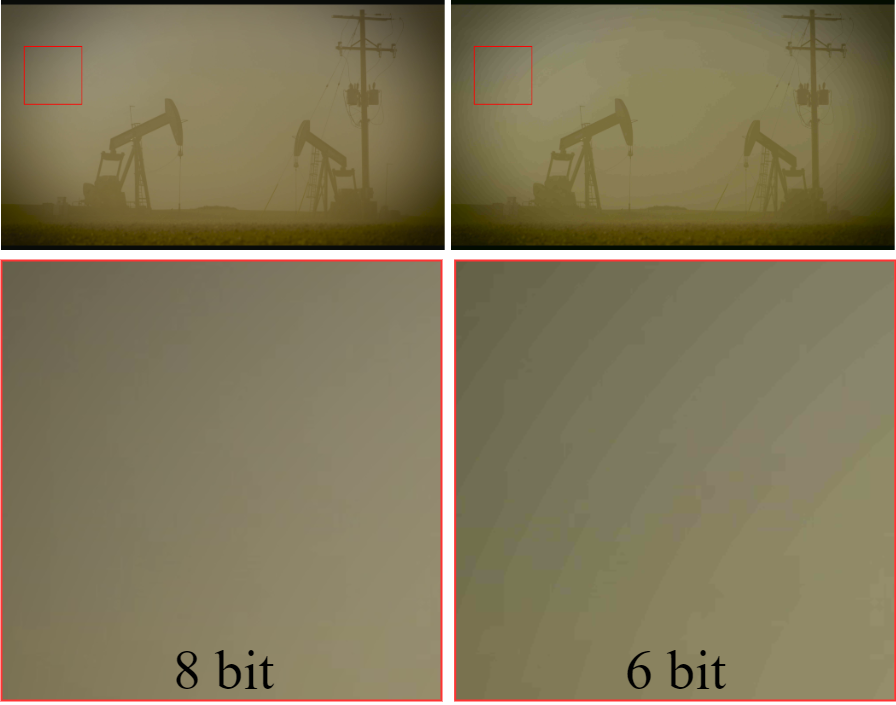In recent years, display intensity and contrast have increased considerably. Many displays support high dynamic range (HDR) and 10-bit color depth. Since high bit-depth is an emerging technology, video content is still largely shot and transmitted with a bit depth of 8 bits or less per color component. Insufficient bit-depths produce distortions called false contours or banding, and they are visible on high contrast screens. To deal with such distortions, researchers have proposed algorithms for bit-depth enhancement (dequantization). Such techniques convert videos with low bit-depth (LBD) to videos with high bit-depth (HBD). The quality of converted LBD video, however, is usually lower than that of the original HBD video, and many consumers prefer to keep the original HBD versions. In this paper, we propose an algorithm to determine whether a video has undergone conversion before compression. This problem is complex; it involves detecting outcomes of different dequantization algorithms in the presence of compression that strongly affects the least-significant bits (LSBs) in the video frames. Our algorithm can detect bit-depth enhancement and demonstrates good generalization capability, as it is able to determine whether a video has undergone processing by dequantization algorithms absent from the training dataset.
翻译:近些年来, 显示强度和对比度明显增加。 许多显示支持高动态范围 (HDR) 和 10 比特色深度 。 由于高位深度是一种新兴技术, 视频内容仍然基本上被拍摄和传送, 每个颜色部分的深度为8比特或更少。 没有足够的位深度产生扭曲, 称为假轮廓或带宽, 在高对比屏幕上可以看到这些扭曲。 处理这些扭曲, 研究人员提出了位深度增强( 量化) 的算法。 这些技术将低位深度( LBD) 视频转换为高位深度( HBD ) 的视频。 然而, 转换 LBD 视频的质量通常低于原始 HBD 视频的深度, 许多消费者倾向于保留原始 HBD 版本 。 在本文中, 我们建议一种算法, 以确定视频在压缩之前是否经过过转换。 这个问题很复杂; 它涉及在图像框中发现不同解析算法的结果, 严重影响到最小的位数比特点( LBDSBSBs) 。 我们的算法可以检测到位深度的增强度, 并显示它是否具有良好的解能力。

